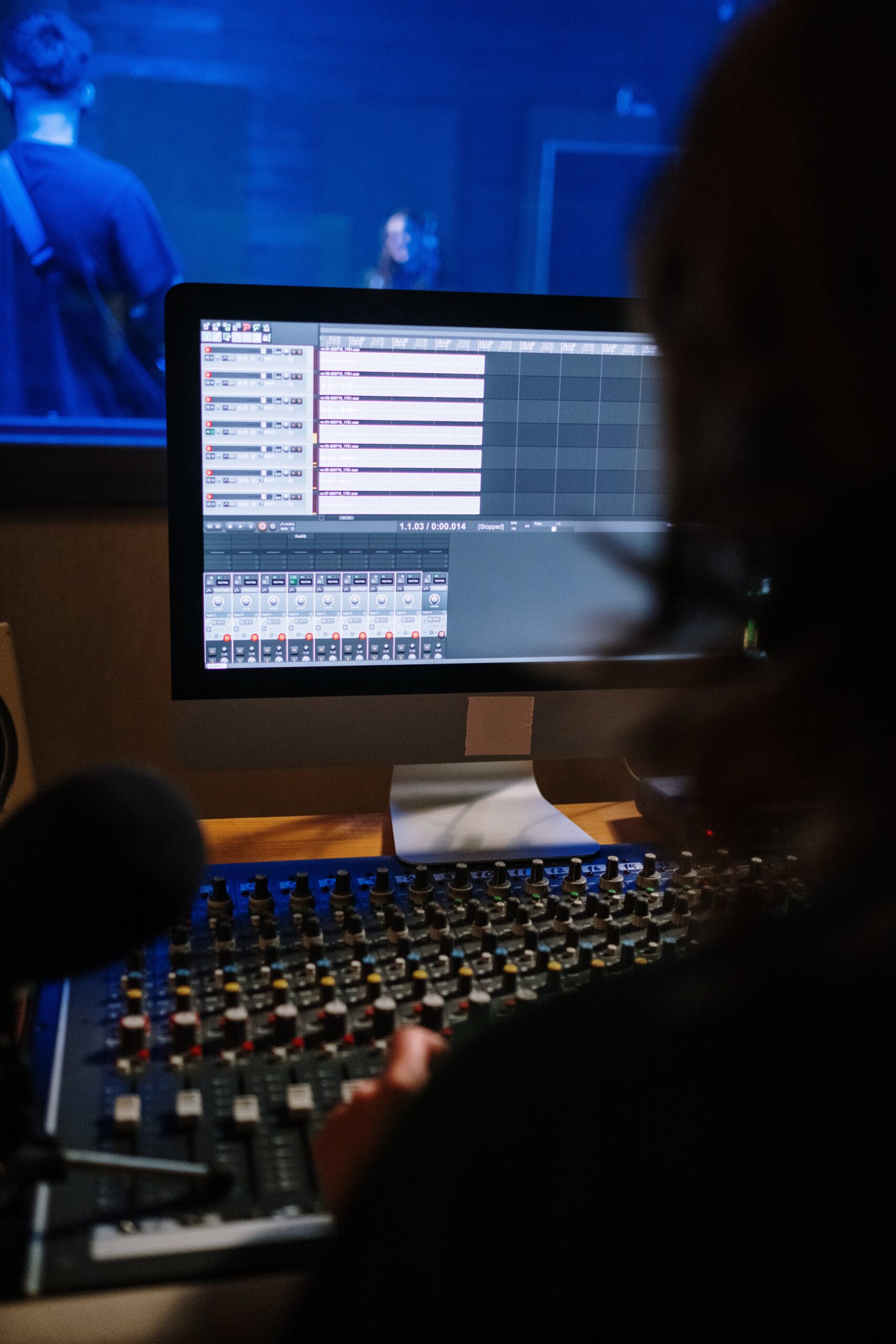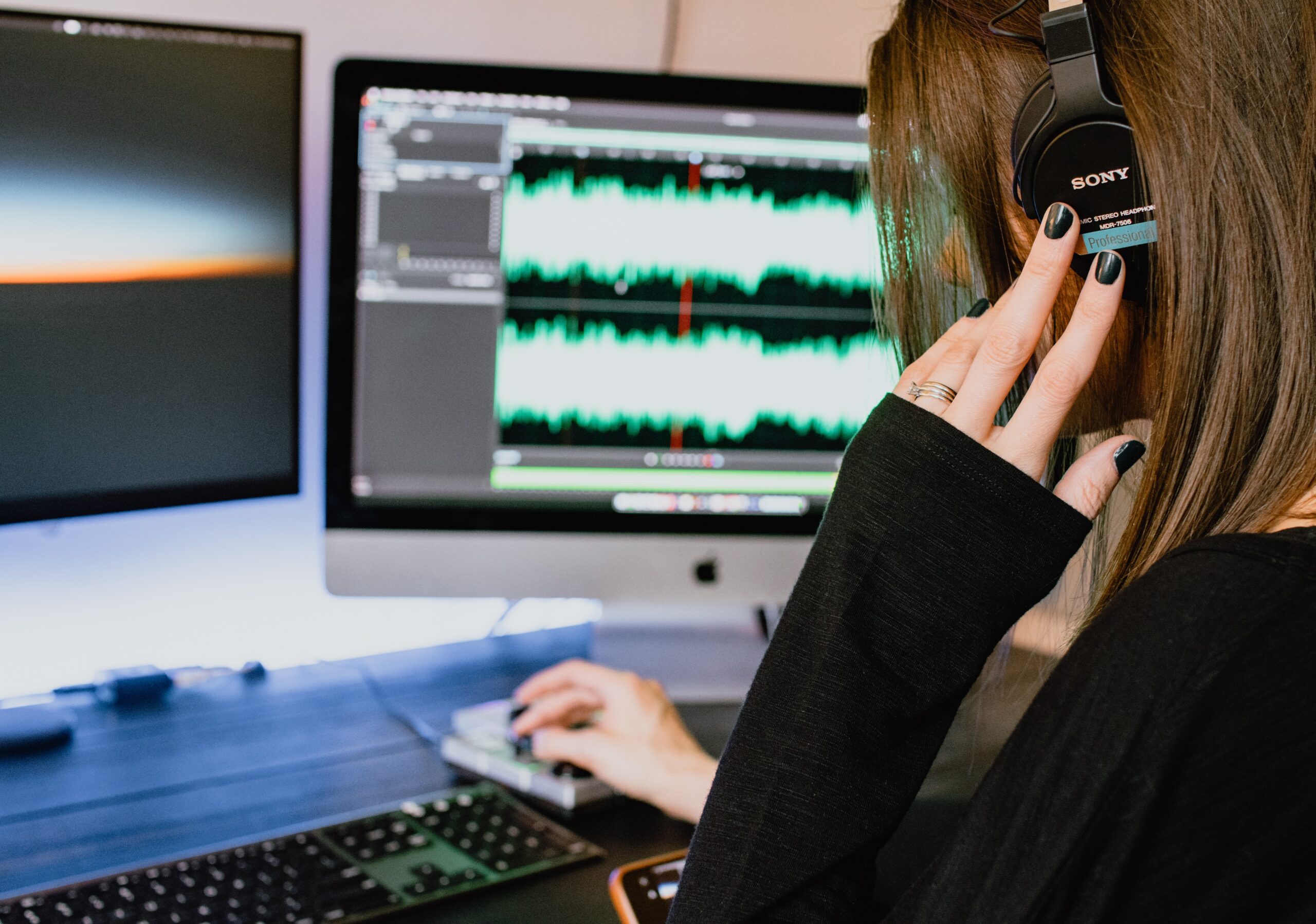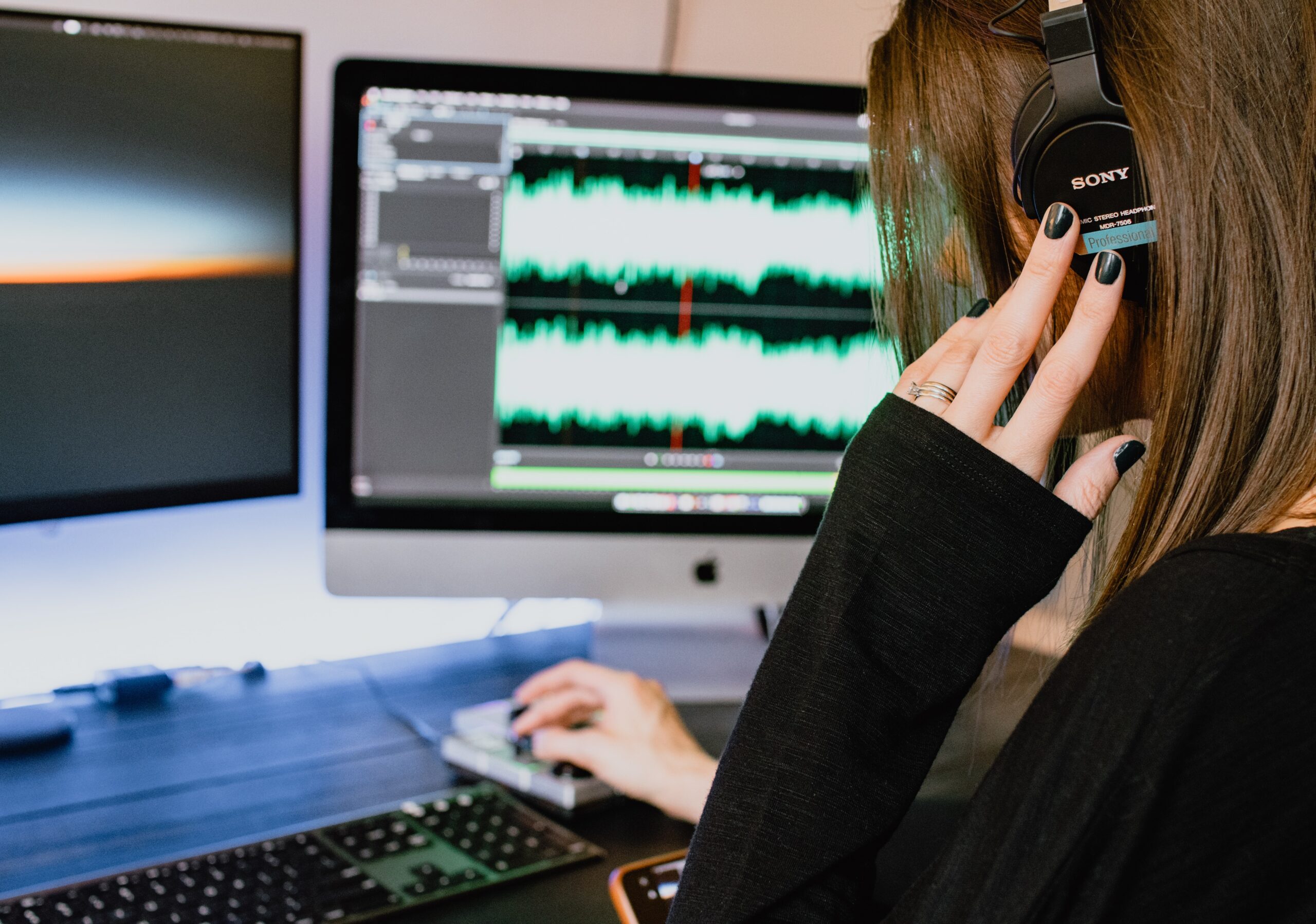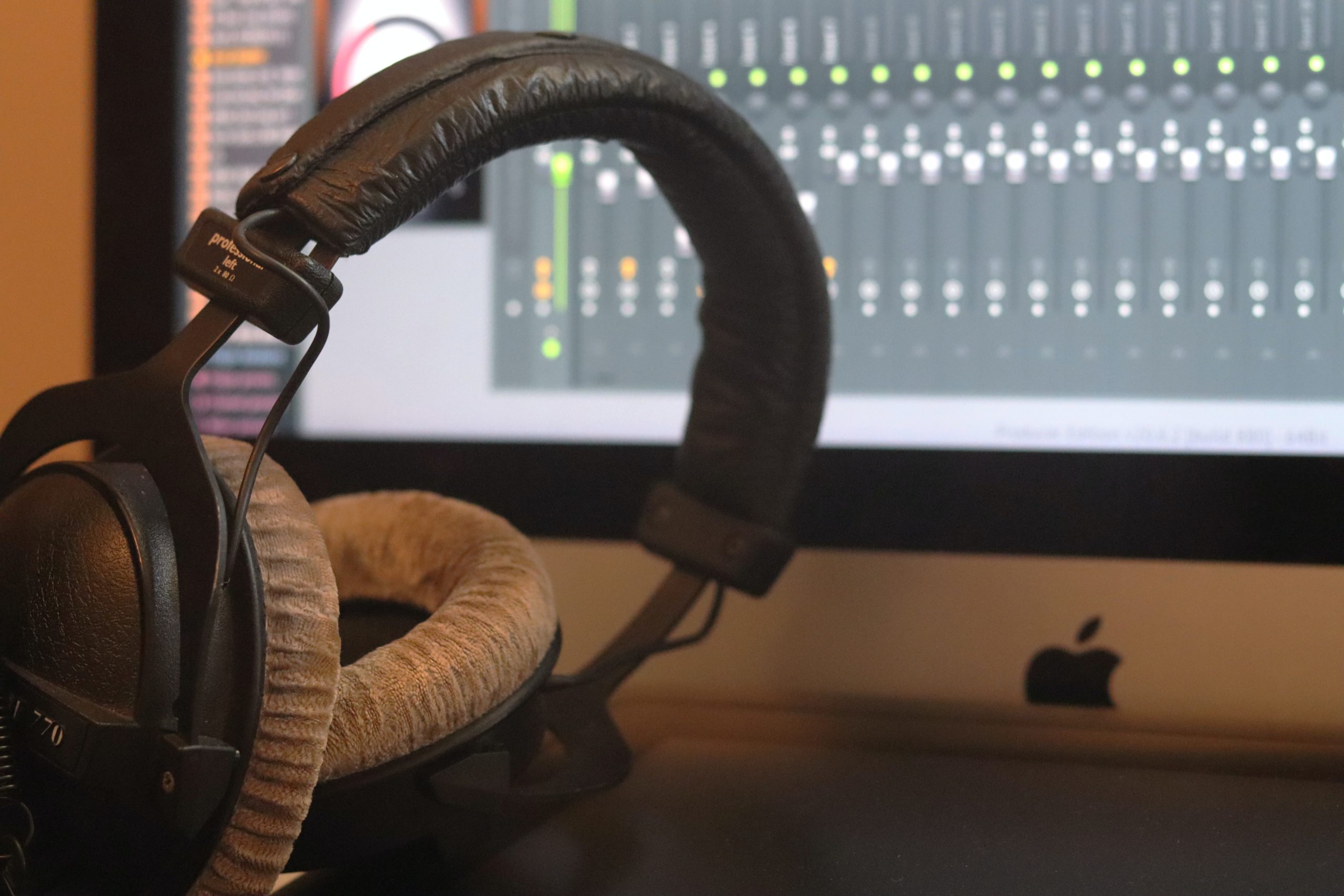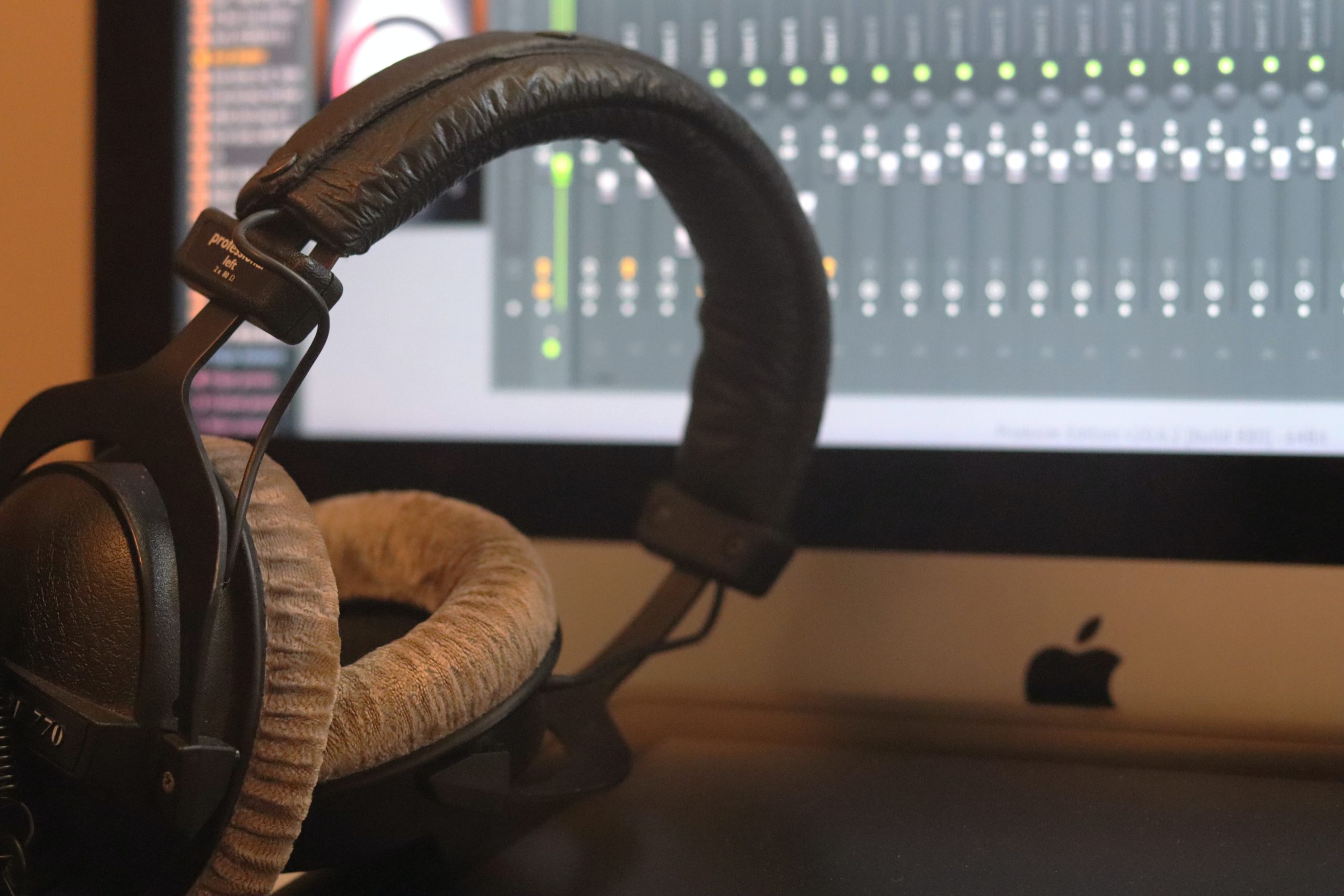
Tax Returns and the Music Business
It’s “tax return” season in the U.S. Every furniture store and car dealership is begging us to come spend our big cash “bonus” we get from the government on something new and shiny. My favorite ad I see is the tax businesses who say “Let us help you get the biggest refund possible!”
Many years ago, when I was a brand-spanking new adult, my dad (who is a money guy) taught me something that I think about every year during this “tax return” season. He said, “Why would you want to give the government an interest-free loan?” What we are essentially doing is giving the government our hard-earned money to use however they want for free. And then, if we did our figuring right, we get a bunch of it back the following April. Dad explained to me that you want to figure out the amount of tax taken out of your check each payday as closely as possible so that you get ZERO back in April. You may even be better off having to take a few hundred out of your savings to pay them because at least you earned a little bit of interest on that money over the previous months.
So, instead of giving the government a couple hundred extra dollars a month FOR FREE, why not put it in an interest-bearing savings account??
This was a big shift in my thinking. It grinds against the cultural message here in the US that you must be doing something wrong if you don’t get a big tax bonus in April. In addition, there are a lot of companies that profit from you NOT thinking this way. They want you to get a big chunk of change every April. They are counting on it.
This blog isn’t meant to be about taxes, though. I mean, feel free to argue with me and my dad in the comments if you’d like. But I’m here to discuss how making a major mindset shift as big as this, is an essential part of being a musical entrepreneur today. It occurred to me how many MAJOR mindshifts we have to make year after year as independent artists, singers, producers, songwriters, and performers. Some of these mindset shifts require looking at things with a new perspective. Some may have you saying… “MIND BLOWN”. At least I hope so 😉
Mindset Shift #1: “I only have 96 followers on Spotify! How can I get more followers??”
Thinking this way will keep you focused on numbers rather than fans. It’s hard not to get excited when a new release gets an influx of streams and followers, or even a post on Instagram gets a lot of love. What happens though if you stop there? Do you do anything when you get those surges? Or are you just happy about it and take a screenshot and post about it? The most important part of building your music business and fan base is the nurturing that takes place after you are discovered. As a musician of any type, your focus should be on real people who connect with your music. How many of those people listened once and never listened again? Or never listened to another song? How can you get those new listeners to buy a ticket to your show when you are in town? The short and simple answer is to nurture your fanbase, one fan at a time. The numbers mean nothing. It’s the people who want to sign up for your email list because they want more from you. They are the ones worth getting excited about.
Mindset Shift #2: “No one is finding my website! Maybe I need a new design or need to use a different hosting platform?”
I saw someone say this in a Facebook group. Of course, everyone jumped in the comments to tell this person their recommended website platform. “WordPress is the best!” “Squarespace!” “Wix”! Etc. Then a couple of comments said, “If your problem is discoverability, it’s not about your website. It’s about SEO.” The individual didn’t even know what they were referring to. Search Engine Optimization. If you have a website and you are expecting to be “found” when anyone searches, you have to have this aspect dialed in. While I’m not an expert on SEO and won’t get into this, if you are an independent artist or you have a music business and haven’t hired an expert to help with your SEO, there is no possible way strangers will find you with a search.
Social media platforms and even streaming platforms use the same type of “math” for discoverability. They call it “algorithms”, to grossly simplify it. This is where the use of hashtags, consistency, and types of content comes into play. Just as having no keywords, or the wrong keywords, in your SEO settings will keep you from being found in a Google search, posting a static picture once in a while with no hashtags will do you no favors.
Mindset Shift #3: “How do I sell my songs?”
I see people ask this question in songwriting groups all the time. It tells me that they don’t know how this industry works. First of all, as a songwriter, you most likely will never want to outright “sell” your songs. In music news, you may have seen major artists such as David Bowie, Bob Dylan, or Sting recently sold their catalogs. For MILLIONS. I don’t know their reasons but I’m sure it has something to do with just being done with the industry and ready to cash out. What if David Bowie had “sold” his songs at the beginning of his career for something like $100,000? That would have probably seemed like a lot of money for him back then. But what sort of sinking feelings would that bring to watch some other company making millions of dollars on that same song? If he had just waited until the catalog value was high enough, he could have created wealth for his family for generations. $100,000 might buy a nice camper trailer.
The question you are meaning to ask as a songwriter is, how do I get artists to record my songs? The answer to this could be a separate, long blog. So I’ll give you the general answer. The point, however, is to shift your thinking from “selling” your songs to “signing, assigning, licensing.” If you have zero connections in the music industry and are just starting out, join a group such as NSAI. You can also purchase a book called “Songwriter’s Market” which, for years, was published every year with updated information. But, since the industry has changed so much, it looks like the last publication was released in 2016 (!) Still, the information in this book is essential for songwriters just getting started. Specifically, songwriters who aren’t interested in being an artist.
The way to a major artist is by their manager. Usually, a major artist and/or their manager will not accept song submissions from anyone but a reputable publishing company or other industry pros they are already connected with. Getting a song signed with a publishing company that pitches major artists may be your first target. Major publishing companies usually have the same “barrier to entry”, however. So, with no connection, start out by finding a smaller music publisher who is interested in working with “undiscovered” songwriters (who write great songs).
Also, don’t forget that there are probably artists in your own town and music scene that could be a good fit for your song. I’ve had the joy of connecting artists with songwriters in my local scene and it’s a really neat experience. Keep your mind open to these sorts of opportunities as well!
Mindset Shift #4: “How do I get on the radio?”
When I hear this question, I always ask….why? I understand it’s the novelty of it. I remember the first time I heard my own music and voice on the radio. I cried. It is surreal. That was in the 90’s, though. Can we get over the novelty of this now? The reason why you should ask yourself, “Why should I get my song on the radio?” is that the purpose needs to make sense for your demographic and promotional plans. Who listens to the radio? People commuting to work, most likely, right? Is that your fan demographic? Getting on the radio can help with local events or promotional plans. Will you be doing a show in a few weeks? Then you should be not only on the local radio station but also, sitting in as a guest on a local radio show and early morning TV shows. But what if your fan demographic doesn’t listen to the radio *at all* and has never watched local morning shows? Then, it doesn’t make sense to worry about it. Ask yourself the question, “Where are my fan demographics’ eyes and ears?” If you don’t know your fan demographic, then you need to do this Fan Profile Worksheet.
Mindset Shift #5: “This management company that has worked with Beyonce wants to sign me. It’ll cost me $70,000 and I’ll have no control over my songs, my artist brand, or promotional strategies, but … .Beyonce!”
Need I explain this one? Unfortunately, I’ve seen artists jump into these agreements. They aren’t necessarily scams because these companies do have great connections to amazing producers and the best songwriters. But what I’ve seen is that they are not interested in the artist and helping them develop but are only interested in getting hit songs out the door as fast as possible. And, even after you (or your parents) have paid them a ton of upfront money, they own the masters. This is like an old-school record deal, only worse because YOU fronted the investment upfront and never recoup that cost. Don’t fall for the name-dropping. It looks like a fast track but it’s more of a big debt you can never pay back.
Mindset Shift #6: “Streaming companies are ripping off artists! There’s no way we can make any money when they only pay $.0003 a stream!”
Streaming is not going away. And, if you take a good look at the reality of what happened when the internet took over the music business, you’ll see that the only resolution (to keep people from flat-out stealing music from creators) was a platform such as Spotify. Is it perfect? Absolutely not. And we as creators need to continue to advocate for reform as new technology continues to change the landscape for us. Blaming your failure in the music business on the amount we make on streaming platforms is a waste of energy. First, complaining about it won’t change it. Second, there are many other ways you can and should be earning money from your music. Are you aware of all of them? Are you registered in all of the places you need to be registered to collect all of the royalties? Do you know Spotify is paying only one of several types of royalties? It’s like getting mad about the price of gas and blaming your corner gas station for all of your financial woes. Grab this Releasing Music Checklist so you know you are registered in all of the right places.
Mindset Shift #7: “I just need someone to discover me.”
This out-of-date thinking was never good thinking, even back when the music industry was completely different. We would hear stories of stars being discovered living out of their car, playing in dive bars, and then suddenly signed to a label and now a megastar. Those occurrences were so rare. The chance of being discovered by a legitimate company or executive that will be able to catapult you into sudden stardom is even less now. Do you know why? Because millions of artists are already releasing music… GREAT music, who already have their crap together and will therefore take a lot less effort, money, time, and investment into. Record labels are only looking at artists who have done most of the hard work. What this means is that you need to be building a music business on your own. Once you reach a point where you might think you don’t even need a record label, that’s probably when they’ll start hitting you up 😉 Now you are the one in the driver’s seat.
The priority as an independent artist is to figure out what makes you unique. Your BRAND. If you haven’t yet figured this out, you know of course I have something to help you! Grab this Building Your Artist Brand Workbook for free.
I hope you had your mind blown maybe a time or two. Or at the very least, you’ve realized you need to shift your thinking just a bit to make some movement in your music career. The key is to think like an entrepreneur and business owner, rather than an artist. That shift alone can be a big one to make.
